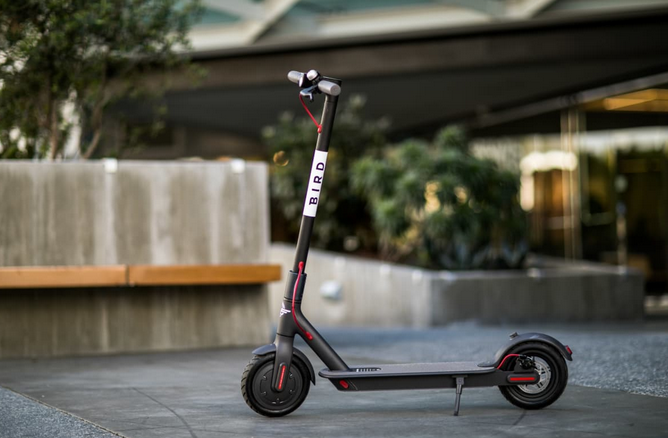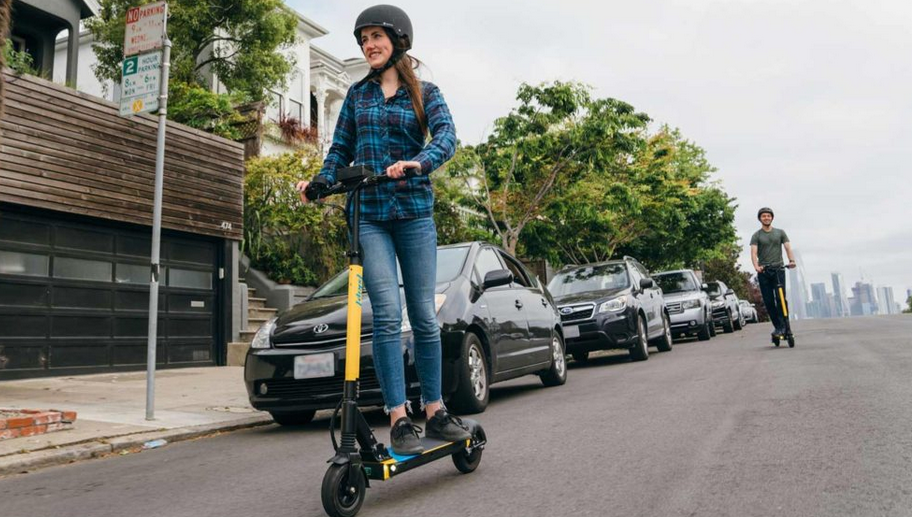An investment thesis we have here at Nine Four is to invest in companies that impact the built world and the people, processes, and ecosystems that interact with it. An ecosystem that has gotten some outsized press of late is that of personal mobility, particularly electric scooters.
First it was Uber and Lyft, and now scooter companies are ‘innovating around regulation’ with record breaking speed to billion-dollar valuations and local government scrutiny. Venture capital dollars are attracted to the space – more than $1B has been invested in 3 companies in 18 months – but given the implications that mobility has for real estate, we believe that real estate owners and operators should pay close attention to how mobility networks can impact the demand for properties, particularly in those areas that previously didn’t have great mobility solutions.
Pre-ridesharing, a property inconveniently located to public transportation meant renters or owners likely needed to own a car and incur all of the costs associated with it. In some markets where parking is scarce, traffic is bad, and gas is expensive, this can be a challenging and stressful proposition. Then ridesharing came along, and all of a sudden a resident in the same inconveniently located property could hitch a shared ride that freed them from the perils of car ownership and unlocked a new, asset-light mobility option. Homebuyers and renters could then run different numbers to decide whether a location is an acceptable commute away, potentially increasing the radius of where they’d be willing to live. This can impact demand, and subsequently, rent and home prices. This is a big deal.
 Source: bird.co
Source: bird.co
Scooters may solve the mobility problem people face when getting from point A to point B doesn’t require a car, or when it’s too far to be a convenient walk. What rideshares, and sooner than later autonomous vehicles, did to open up properties with new mobility solutions, scooters may have on a micro-scale. Public transportation that was too far to walk to may be a quick and cheap scooter ride away, making areas more serviceable for mass transit (scootering to the train, for example). Residents may also take a closer look at buildings without parking because they no longer need it. Owners may be able to repurpose parking spaces to be more value-add. At the end of the day, the impact that scooters have on properties may be less than rideshares or autonomous vehicles because the incremental improvement in mobility is smaller (going from needing to own a car to being able to ride share feels like a larger change than not needing to walk another block or two or three), but time will tell.
 Source: skipscooters.com
Source: skipscooters.com
As an owner, mobility-as-a-service options provided to residents should be a solution to explore to solve for inconveniently located properties. Property car shares, bike shares, or scooter parking may win more residents by reducing mobility burden. If those properties can supplement a mobility solution with other amenities that less desirable properties can provide (more space?), it could be more impactful. Unlocking mobility options for residents would impact a critical daily routine, and doing so should be on every property owner’s radar.
